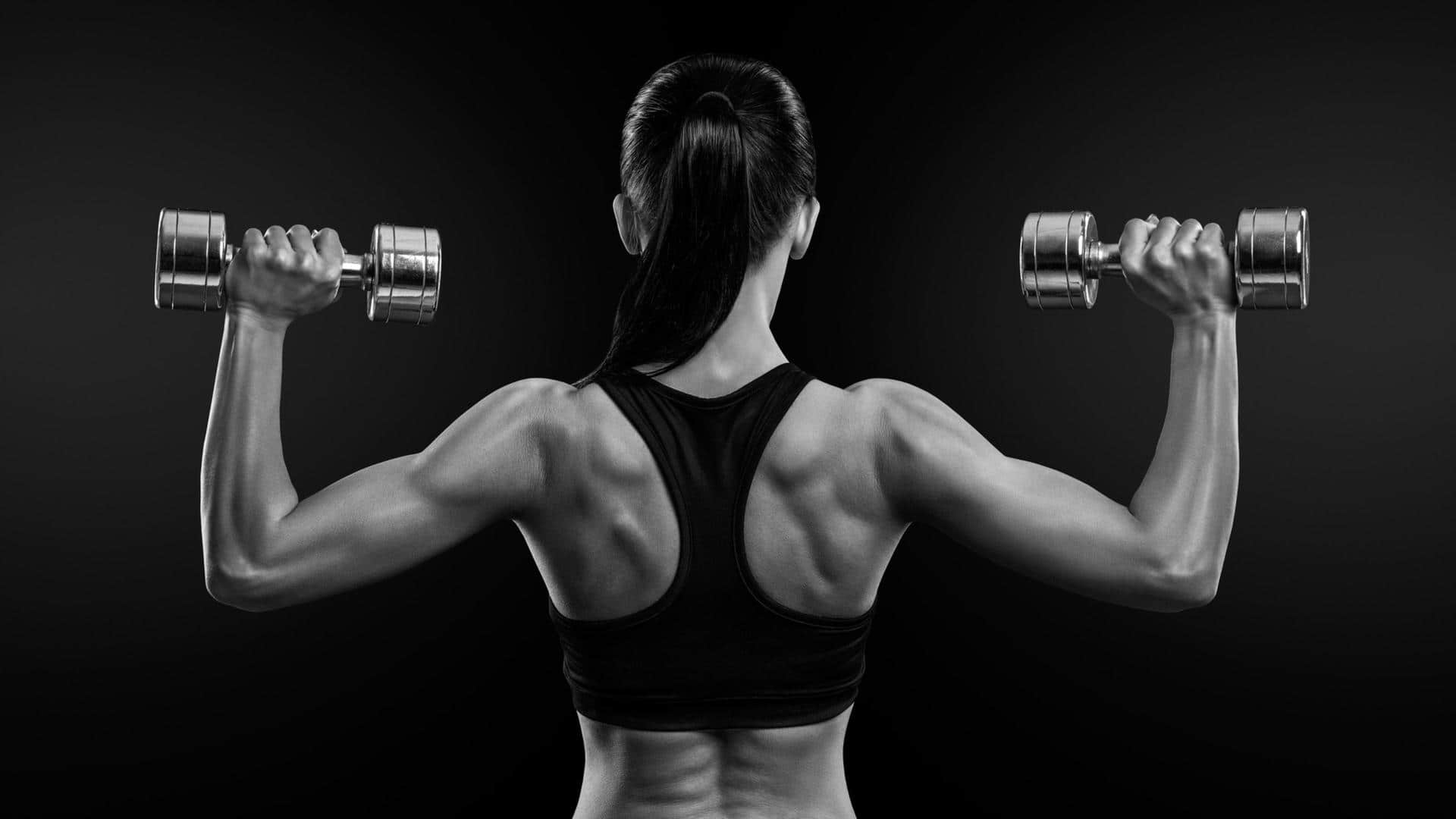
Muscle matter: Your guide to back muscle anatomy
What's the story
There are loads of benefits to training your rear, from injury prevention to allowing your body to pull more weight, to developing the coveted V-shape torso. Those with a slumped back, should know what muscles form the back. Knowing your back's anatomy can help you target specific back muscles with specific exercises. The following are five major muscles that build your back.
Lats
Latissimus dorsi
The latissimus dorsi, commonly referred to as lats are located in the middle and lower portion of the back. The muscle is heavily involved in activities such as rowing, pull-ups, chin-ups, and swimming. It is one of the muscles that give the back its broad, V-shaped appearance. You can train your lats through exercises such as pull-ups, chin-ups, rows, and lat pull-downs.
Mid-back
Trapezius
The diamond-shaped trapezius muscle is a large, flat muscle that runs from the base of the skull to the mid-back. It is responsible for the movement of the shoulder blades and supporting the neck. When you lift and carry heavy objects, this muscle comes into use. You can do exercises like lat pulldowns, dumbbell rows, and upright rows to strengthen your trapezius.
Shoulder blades
Rhomboids
Rhomboids are a pair of muscles in the upper back that are positioned between the shoulder blades. They are in charge of retracting or pushing the shoulder blades together, as well as twisting the shoulders inward. Strengthening rhomboids can improve posture and performance in activities that demand upper back strength. Dumbbell rows, scapular retractions, rear delt flys, and pull-ups are some rhomboids exercises.
Spinal column
Erector spinae
Located along the spinal column, the erector spinae is a group of muscles that run from the sacrum to the base of the skull. These muscles allow movements such as bending forward, backward, and to the sides. Deadlifts, back extensions, Russian twists, and good mornings are some exercises that you can do to strengthen your erector spinae muscles.
Neck & shoulder
Levator scapulae
The levator scapulae is a neck and shoulder muscle. It helps in shoulder blade raising, rotation, and stabilization. To keep the levator scapulae muscle healthy, it is critical to maintaining good posture and alignment in the neck and shoulder. Exercises that strengthen your levator scapulae muscles include shoulder blade squeezes, chin tucks, and shoulder blade elevation and retraction.